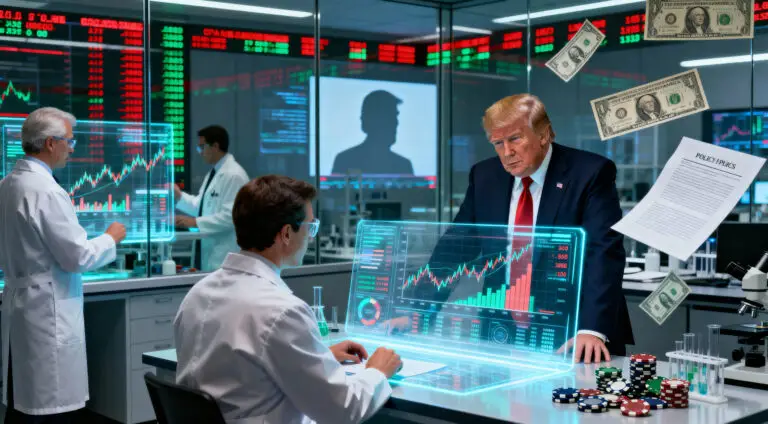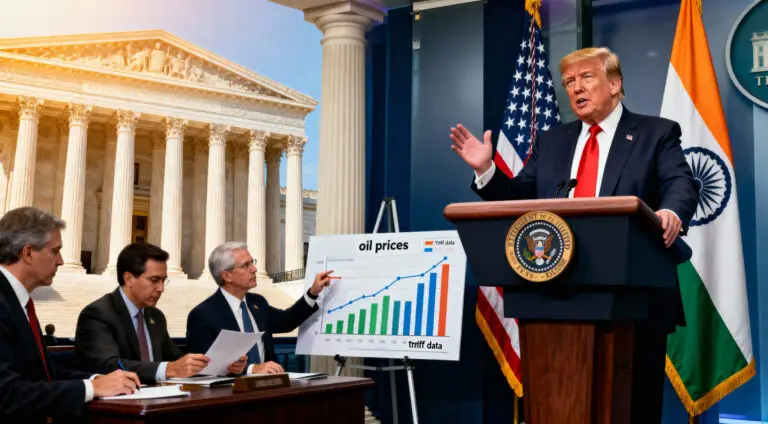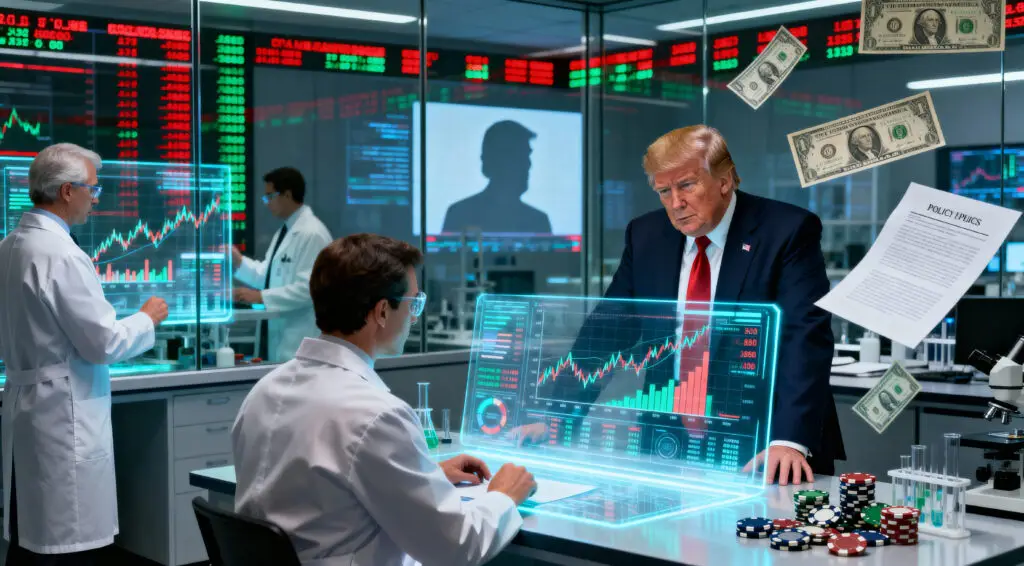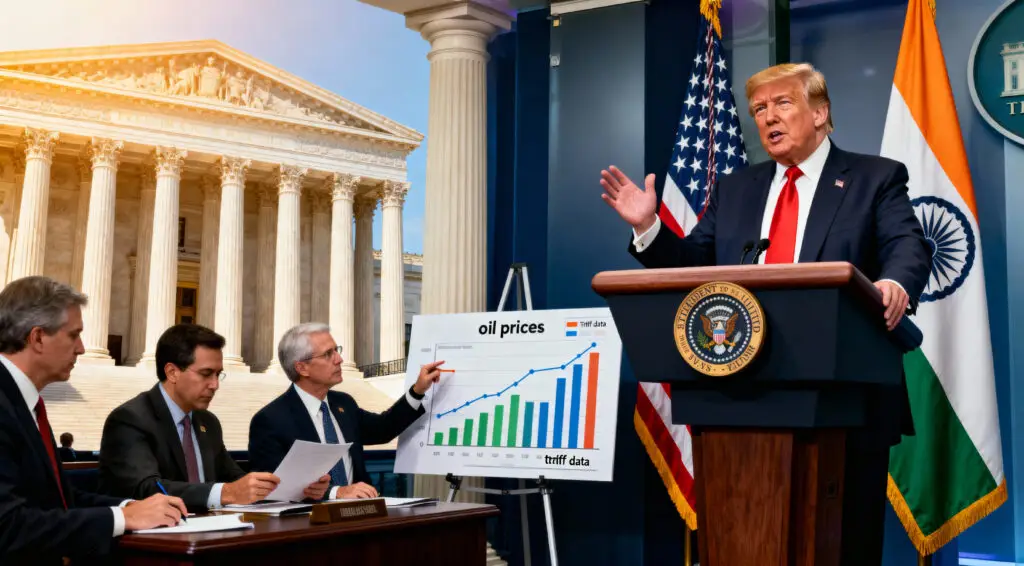WASHINGTON, D.C. — November 11, 2025 — The United States government shutdown, the longest in the nation’s history, is nearing an end after 40 days of political gridlock. Yet, despite the expected reopening, analysts say the standoff has left lasting scars on governance, public trust, and economic stability.
Democrats Face Renewed Divisions Over Strategy
A bipartisan vote in the Senate brought the government closer to reopening, but it also exposed sharp divisions within the Democratic Party. Moderates sided with Republicans to end the shutdown, prioritizing relief for federal workers and disrupted public services.
Progressives, however, remain furious. They view the compromise as a missed opportunity to secure stronger healthcare subsidies and meaningful policy reforms. The split underscores ongoing tension between the party’s centrist pragmatists and progressive reformers, a conflict now amplified by exhaustion and frustration.
Trump’s Calculated Inaction Shapes the Outcome
Throughout the crisis, President Donald Trump maintained a strategy of deliberate inaction. Rather than negotiating, he allowed the shutdown to unfold, confident that Democrats would ultimately bear public blame for government paralysis.
Trump’s approach—marked by limited engagement and heavy reliance on public appearances—proved effective. Republicans ceded little, while Democrats were left with minimal concessions. The episode reinforced Trump’s image among supporters as a leader who stands firm, even amid political chaos.
Recommended Article: US Shutdown Leaves Lasting Economic Impact Despite Reopening Progress
Shutdowns Becoming a Routine Political Weapon
What once symbolized total failure in Washington has now become a normalized tool of leverage. Political observers warn that shutdowns are becoming embedded in the fabric of U.S. governance.
Both parties now use federal funding deadlines as bargaining chips, while voters grow increasingly desensitized to the consequences. The costs are enormous: furloughed workers, disrupted welfare programs, and nationwide travel chaos have become the collateral damage of partisan brinkmanship.
Public Fatigue Replaces Political Resolution
The current deal offers short-term relief—reinstating back pay, SNAP benefits, and agency operations—but fails to resolve the structural issues driving repeated shutdowns. Analysts note that the resolution stems from fatigue, not consensus, leaving the door open for another confrontation early next year.
“There’s no real agreement—only temporary survival,” said Nicholas Oakes, a Washington-based political analyst. “This cycle of crisis-driven governance now defines how Washington operates.”
Why Democrats Continue to Lose Shutdown Battles
The shutdown revealed a strategic imbalance between the two major parties. Republicans often emerge politically unscathed from these conflicts, while Democrats face public backlash whether they resist or compromise.
This dynamic, experts argue, reflects the Democrats’ lack of unified messaging and structural disadvantage in high-stakes standoffs. Without a new strategy, they risk repeating the same outcomes—fractured unity and limited policy gains.
A System Drifting Toward Permanent Dysfunction
Though government operations are resuming, the shutdown’s impact extends beyond economics. It highlights a fragile political system increasingly reliant on emergency measures rather than governance through cooperation.
“The shutdown’s end doesn’t signal recovery,” Oakes added. “It’s a sign of how far the bar has fallen for functional government.”
With the temporary deal set to expire in weeks, many fear another standoff is inevitable. The American government, it seems, has entered an era where crisis politics is no longer the exception—it is the rule.















